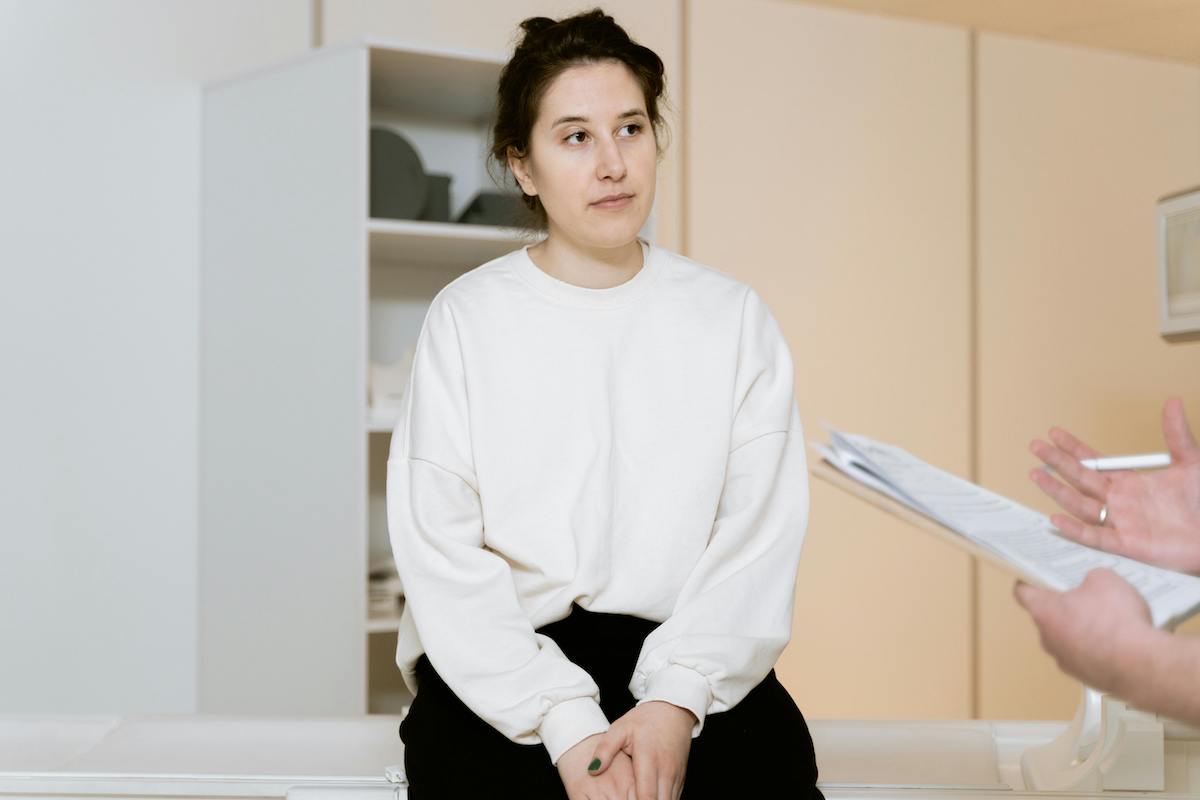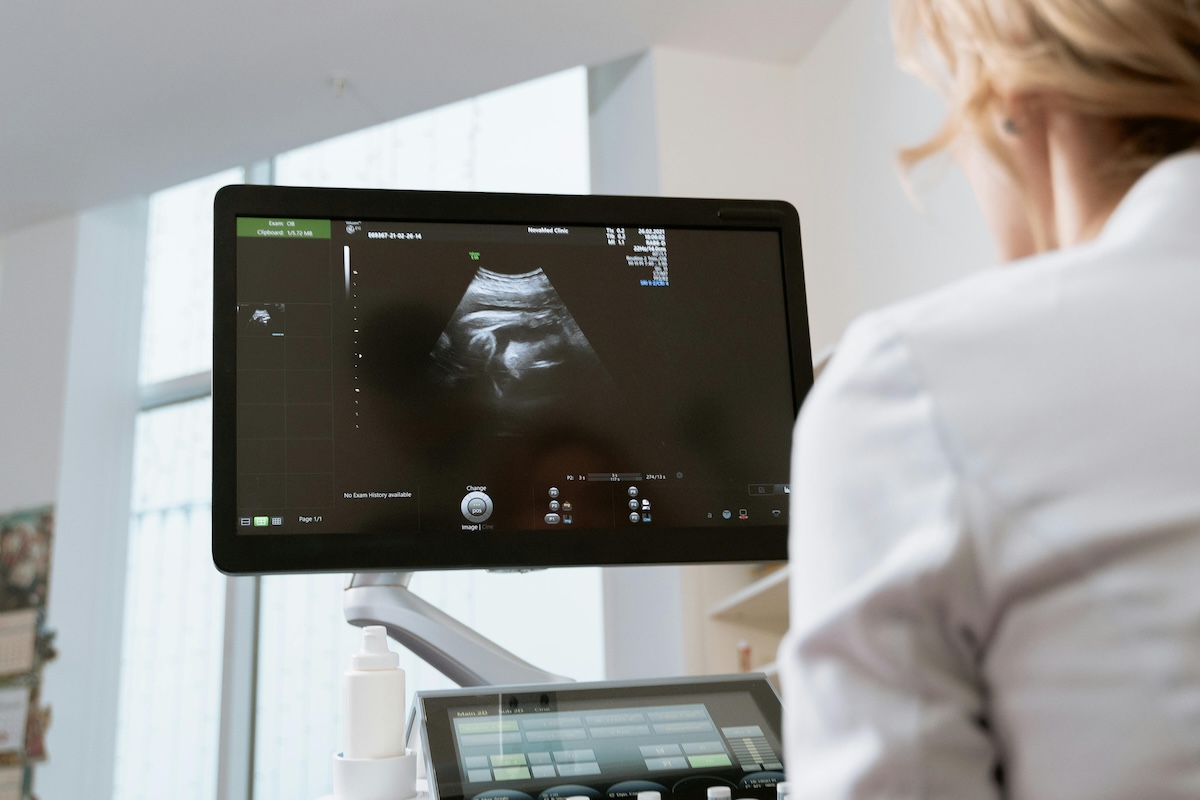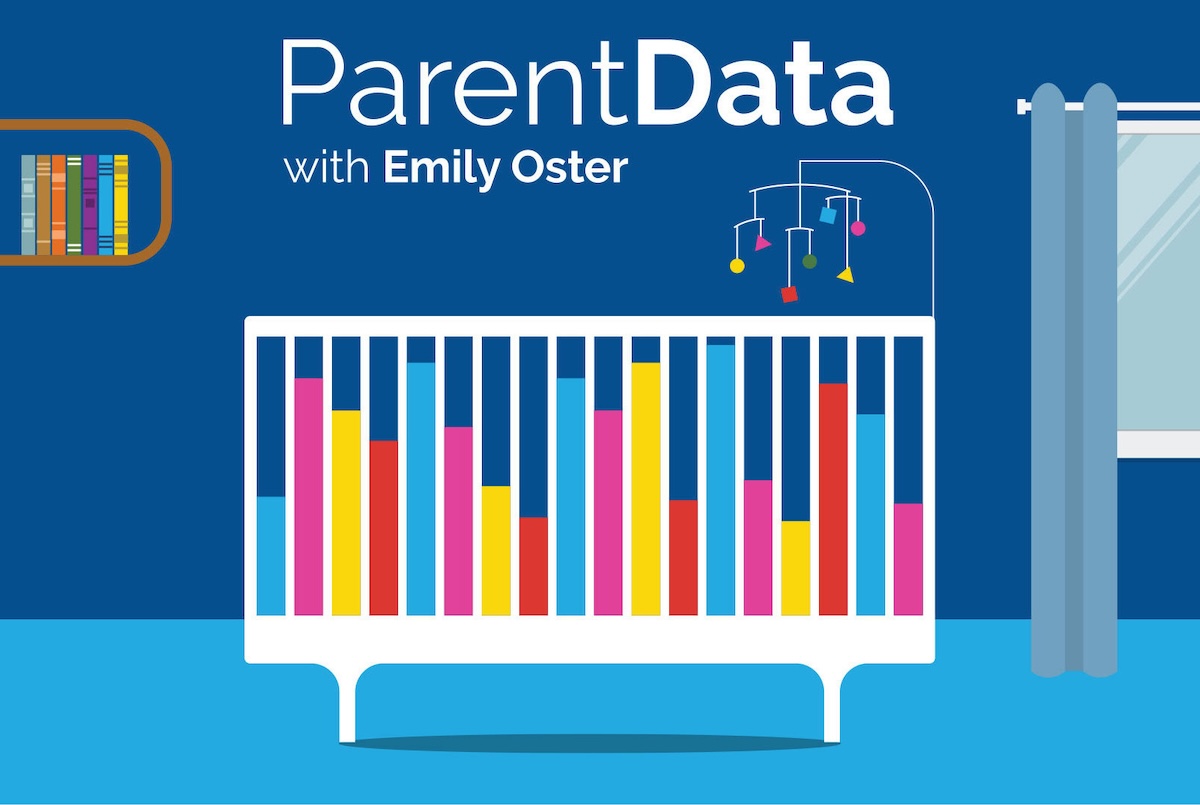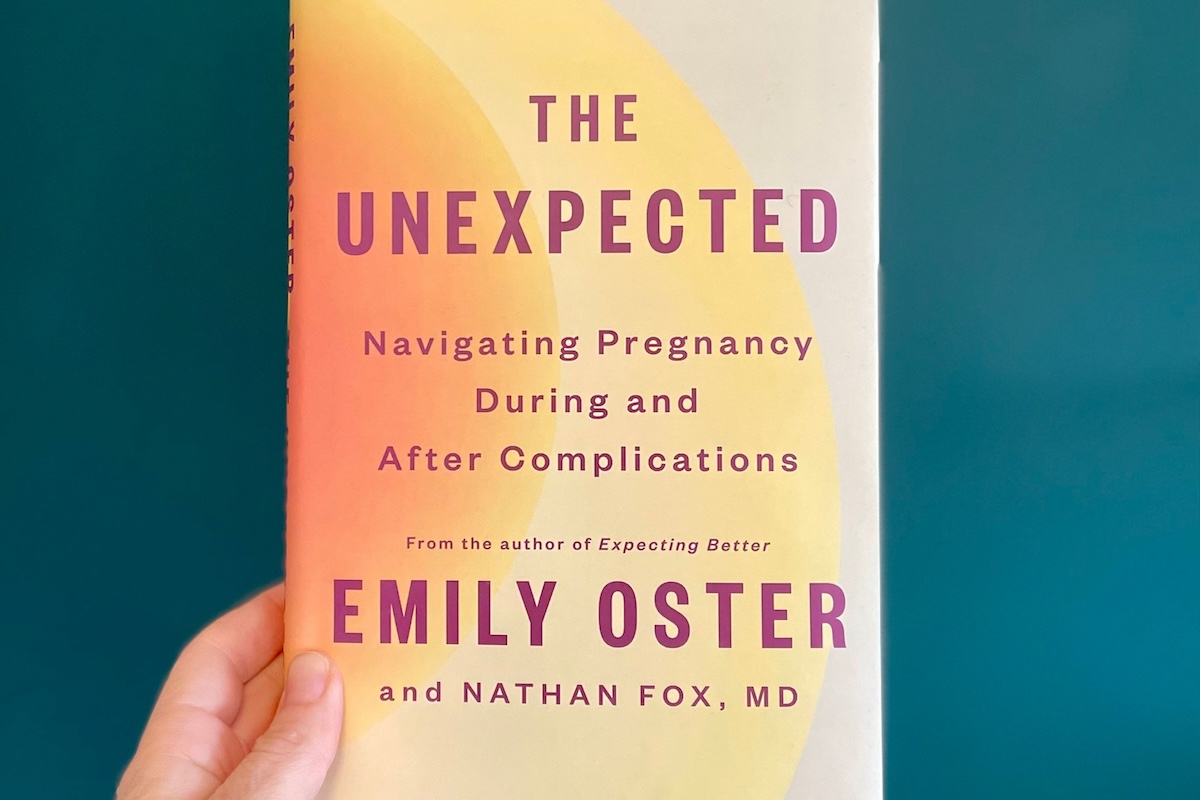Miscarriage early in pregnancy is very common—roughly one-fifth of detected pregnancies are thought to end in miscarriage, mostly in the first trimester. After a single miscarriage, patients are typically told that no further testing is needed; most women go on to have healthy pregnancies.
But after multiple miscarriages, doctors and patients begin a process of figuring out what is going on. In these situations, a lot of patients will take information gathering into their own hands. They’ll compile ideas from Google, WebMD, chat boards, support groups, friends, and friends of friends. Patients may arrive at their doctor’s office with file folders of information, a cobbled-together idea of their possibilities. Meanwhile, doctors have clinical knowledge, but they may struggle—especially given their limited time—to engage with their patients’ ideas and guide them.
Medicine wasn’t always this sort of shared process. Not long ago, medical decision making was largely left to doctors. Patients were a passive bunch, arriving at the doctor with their concerns and symptoms, and departing with their doctor’s orders. But today patients have incredible access to information online and elsewhere, and this has prompted a shift to what is sometimes called “shared decision making”: patients and doctors, together, sharing the burden of making consequential health choices.
Community Guidelines





















Log in